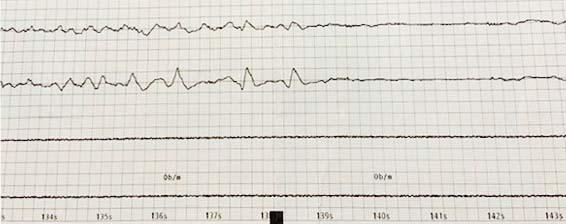
Caption
Gerald and Debbie Miles enjoy time on the porch swing of their Warner Robins home after sharing how their lives changed after Gerald began electroconvulsive therapy to treat debilitating depression. Debbie said they shared their story about the treatment “to help other people” by letting people know about the treatment and removing stigmas associated with mental illness.
Credit: Grant Blankenship / GPB News


